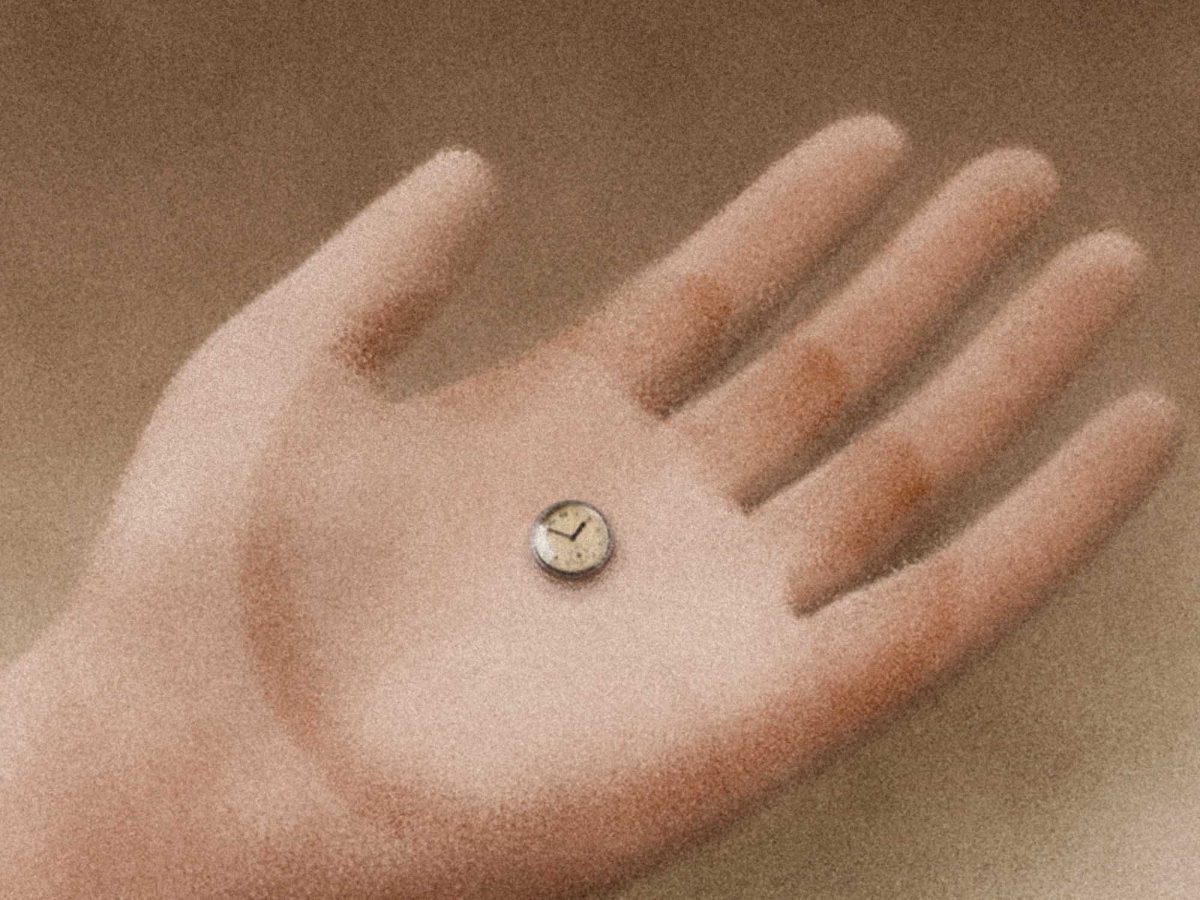I saw the other day a comment saying “I don’t want to have anything to do with Cloudflare since they’re a man in the middle”
First of all, very brave statement given that they power 35% of the internet. They’re not evil (at least yet) so it shouldn’t worry us.
Second, it made me think about this thing. Why is it that we’re on our guard if a guy comes to us randomly on the internet and says “I can teach you to live your life better. Download my ebook by the way!”?
Why is it that we resist the person who tries to become the man in the middle?
It quickly dawned upon me when I thought of the random guy example: it made me think “Why assume you’re better suited than me to do this in the first place?”

How is this relevant for tech products?
“Software as a service” products are often times the man in the middle.
That’s pretty much what offering a service implies: it means
doing something that can be done by a human — it’s just that the seller is more skilful. So you, the buyer, can learn to do it yourself as well, if you want to.
And those who see your product surely think whether they can do it themselves.
Or at least they do a quick mental exercise to check that — more so if your product is in a B2B market (i.e. a company is eyeballing the usefulness of your product). The bigger a company is, the higher the chances they can pull it off by creating their own solution.
Don’t believe that? Look at Gmail/Google News/Google Adsense or a plethora of other products that were invented as a side-effect by a hugely-profitable company.
They’re on their way to expanding and because they can afford it, it either happens accidentally (and it becomes a huge thing like Gmail) or they need it and they implement it.
So how do you counter that, if you’re the selling company?
By offering more.
And not just technically.
This is where visual identity comes in. Logos, slick visuals, UX refinements over time and, more importantly, copywriting, advertising, marketing etc — these are all healthy signs.
Healthy signs that the company offering the product is growing. Not only it tells us subconsciously that they’re doing good, it also means they’ve been doing it for some time.
If you were to create an MVP, you wouldn’t bother with the visual aspect that much. So a product that’s been working on that shows that it’s been in business.
A bit weird if aliens look at us, but it’s a consequence of social proof — people do the same thing with a $500 designer t shirt versus a blank $20 one.
Here is how a user’s mind works
- They look for a solution — it doesn’t always start with this as they might go straight into step 1
- They find your product — through word of mouth, accidentally, Product Hunt, etc.
- Unless it’s been recommended to them, we always look at a solution with doubt. It’s been safer to do so since thousands of years ago when an offer from another tribe would initially sound suspicious. At least to those who reproduced 😉 (i.e. your ancestors)
- A major event happens: a call-to-action is read by the user. Buyer’s resistance kicks in.
- Users now are now looking to either uncover the value — which is why I advocate for all these things, you better explain to them ASAP — or to find a reason to leave quickly.
- We’re subconsciously affected by factors such as visual identity. Sometimes we search for reviews or it can even go as far as a quick Crunchbase exploration — once either an M or a B is seen next to a dollar figure, then we can relax (and trust the product)
- If step #5 did not happen (i.e. we were not convinced of the high quality of the solution), we’re curious whether we can do it ourselves — at least as a quick mental exercise we toy around with the idea of “what would be needed in order to create this?”
- We renounce that mental exercise and either
a. Realise that the product is indeed worth the price and has got utility forus b . Abandon it, it’s not.
What we need to learn from plumbers
Think about the last time you called a professional to fix something in your house. Say, a plumber.
You are aware that you’re able (Since you consider yourself an intellectual person. Don’t debate it, I know it — it’s cool) to learn how to fix some minor thing with your pipes.
That guy is the man in the middle. Why let him do the job if you’re able to do it yourself?
Then another voice comes through: why spend 50 hours learning that when you can pay someone — an actual plumber — for a
When we realise it’s about saving time (and making sure that the time saving is efficient), that’s when we let someone be the man in the middle.
Those 50 hours were more valuable financially than the 3 hours you’d pay a professional.
The exact same thinking applies when looking at a SaaS product. Replace “plumber” with the name of your product and that’s your user’s thinking.
How will people agree to let you be the man in the middle? By proving to them that you’re indeed saving time — and doing so more efficiently that they could do, should they work 1 month to try doing what you
Oh, what is it? You can shift “1 month” to “6 months”? Even better. A year? Then we’re talking bigger numbers.
The higher you go, the better you can convince (and earn). Building what Google does can’t really be done by a lot of people, given 10 years. Hell, it took them 21 to get to where they are today.
So should you give them your money? If not today, at least some years ago you thought you should, because of these reasons.
The bottom line
Save more time for your users is basic advice. I’ll add this: show it, now that you’re aware of how we eyeball options.
Make sure you widen the gap between them and the answer to “Can I do this by myself?”
Last but not least, address those “man in the middle” complaints. More often than not unaddressed objections are so easy to handle and can translate to lost numbers (whether numbers means users, reviews or profits to you).
About Ch Daniel
I run Chagency_, an experiences design agency — we help SaaS CEOs reduce user churn. I write daily on this topic and in similar areas. Here are my best pieces.
If I’ve helped you, follow me here and reach out: LinkedIn | Twitter | Email | Quora | YouTube
I’ve also founded an app (among others) that has got 6 digits in # of users — chdaniel.com/app
If you want a more of a personal connection, here’s how to have that.
Illustration credits: Sandor Qi




